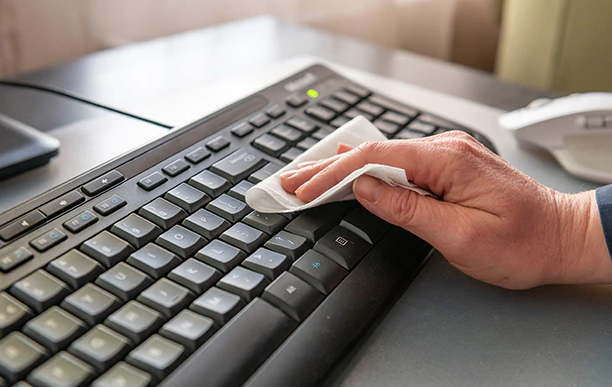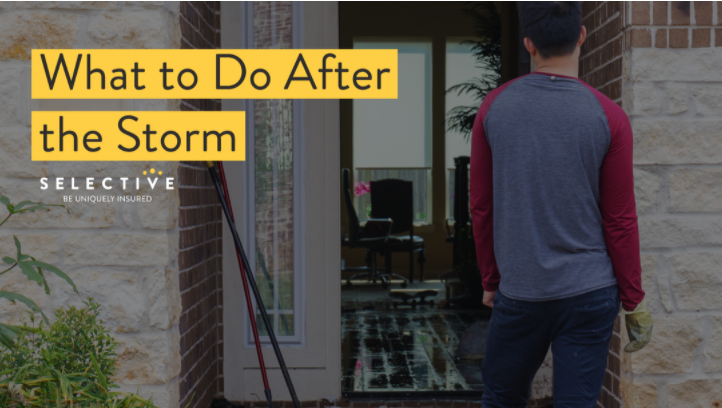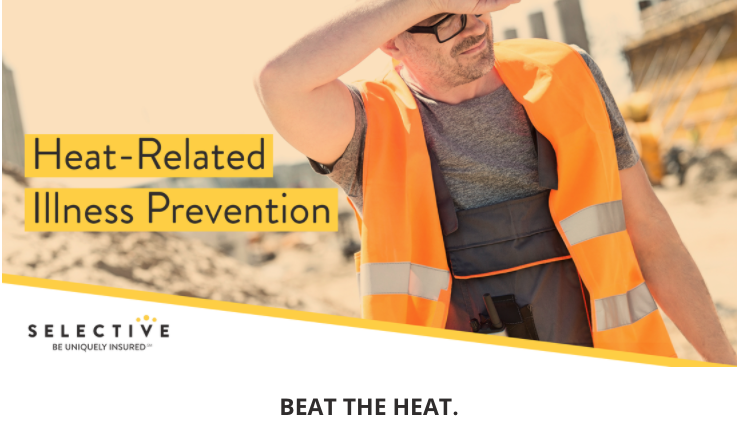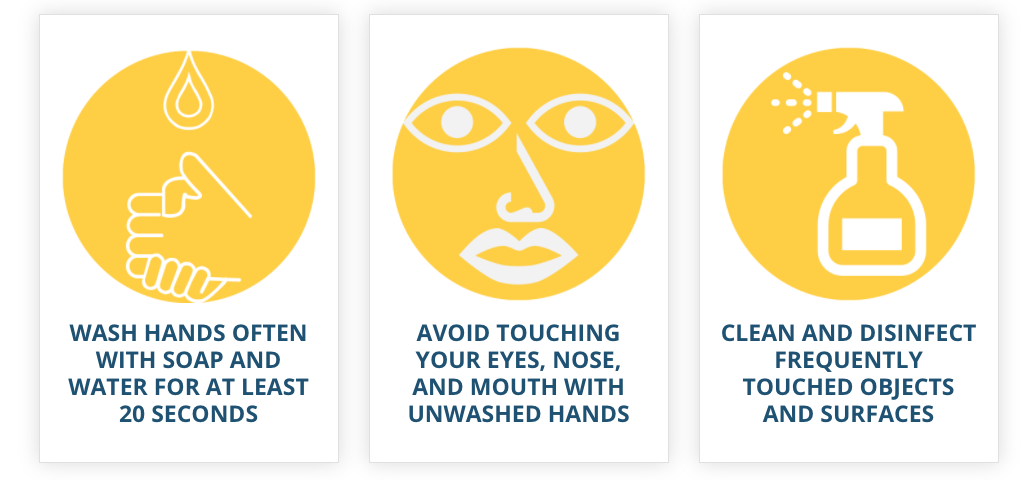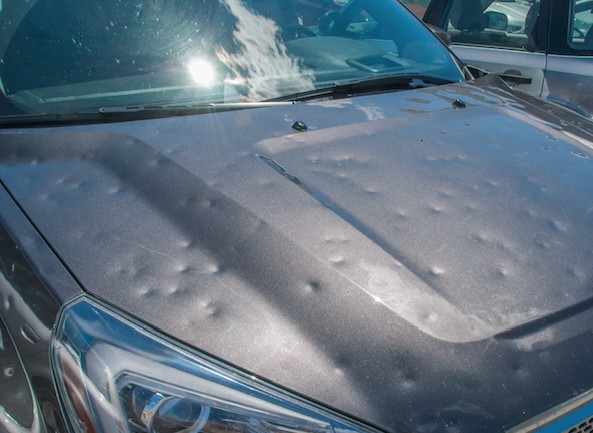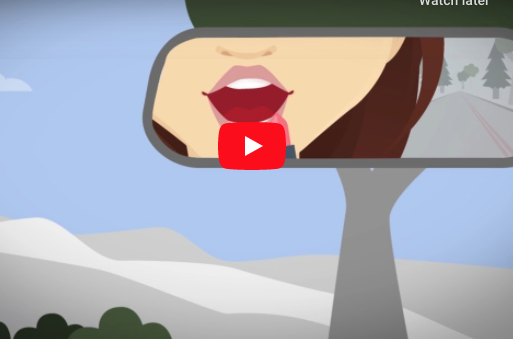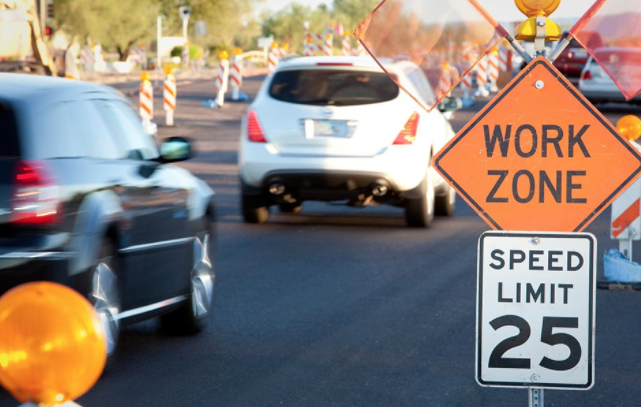Inside a Products Liability Claim

Products liability claims and lawsuits can be complex, potentially involving alleged design defects, manufacturing defects and warning, and instruction defects. A common thread in all product liability claims is the need for manufacturers, distributors and retailers to have policies and procedures in place to defend themselves, regardless of whether or not their products caused harm.
To illustrate how companies can think about their risk and how to help mitigate it, the following are three scenarios that demonstrate how product liability claims can unfold.
Manufacturing Defect: Product Contamination
An international spice importer’s new supplier delivered a shipment of paprika contaminated with peanut protein, a potentially life-threatening food allergen. Some manufacturers of prepared foods used the contaminated paprika and had to issue product recalls preventing the tainted foods from reaching the market. Many consumers suffered allergic reactions, which led to claims in multiple jurisdictions.
“Manufacturers and importers can help guard against food contamination by testing or otherwise verifying that the product received meets their specifications,” says Robert T. Bell, a Travelers Risk Control Technical Director. Conducting these tests could help avoid product liability claims by alerting manufacturers to potential hazards prior to releasing them into production or into the market.
Companies that import products, including raw ingredients that are later provided to manufacturers of final products, can face serious liabilities if the imported product does not meet safety standards, including required labels, warnings, and instructions. In the case of an allergen, consumer warnings may be required, and the prepared foods company, unaware of the allergen within the paprika, had not provided that warning on their packaging. Read More
Is Your Business at Risk For Flooding?
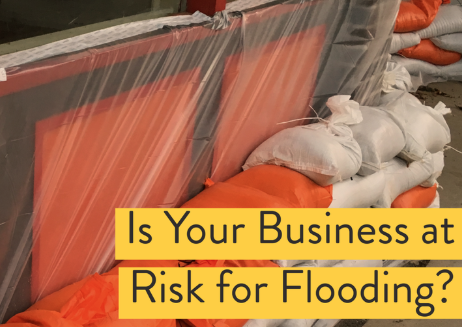
If history is any guide, thousands of business owners stand to be impacted by flooding every year. Beyond the physical damage, a flood can do to a building, a flood can also ruin inventory, contents and important documents located in the building during the time of a loss.
Experiencing a flood doesn’t have to mean the end of your business ─ being well-prepared and understanding your flood risk can help lessen the impact.
Though there isn’t a single state that’s not at risk for flooding, the potential for flooding along the eastern and southern coastlines is on the rise due to increasing water levels. Cities like Miami, New Orleans, New York and Tampa each face an increased risk in the coming years for a flood that could cost some local economies $15 billion or more.
“We see it all the time, business owners that understand their exposure to flooding and purchase flood insurance are better prepared if a flood were to happen. If a business should experience a flood loss, we find that those with flood insurance are able to recover quicker and open their doors once again,” commented Cassie Masone, Vice President of Flood Operations at Selective.
FEMA Zip Code Tool
The Federal Emergency Management Agency has a web-based tool that allows business owners to determine their risk for flooding. These results can help business owners determine the proper amount of coverage to purchase. Read More
5 Steps for Product Liability Risk Management

By Travelers Risk Control
Ensuring that your product is safe from risks may seem like a daunting task. Begin to protect your company by incorporating the five steps of product liability protection. Your control of product liability may vary depending on the stage in your product’s life cycle. During development and production, you have a significant opportunity to build safeguards against potential liability claims.
Consider the next five steps as the beginning of a comprehensive product liability protection program.
1. Transfer Risk through Management of Suppliers
A risk transfer program helps your business avoid financial vulnerability to damages and claims due to liabilities caused or contributed to by others. Without effective risk transfer, decisions of liability are often made after the fact, in court. It is much better to have such decisions documented in writing and at the beginning of a business relationship. Legal agreements can be designed to assist you in transferring risk. Work with a qualified attorney familiar with product liability law to draft these agreements at the beginning of a business relationship.
- Hold harmless agreements help ensure that your contractors and suppliers are contractually responsible for their own negligence and/or errors and omissions in the case of a claim.
- Statements of financial responsibility, e.g., certificates of insurance, can help your company avoid bearing financial responsibility for product-related claims by confirming that a contractor or supplier has the appropriate insurance in the case of a claim. Read More
Exercise With A Friend To Help You Both Stay Safer On The Road

The Hartford
Exercise can have many benefits for our physical and mental well-being. But did you know it may also help you be a safer driver? To enjoy exercising, even more, ask a friend to join you.
Here’s Why
With the MIT AgeLab, we researched the connection between physical exercise and driving and found some fascinating results. Our research tracked experienced drivers ages 60-74 as they followed a physical fitness program for 15-20 minutes per day over eight to 10 weeks.
Drivers in the study who were asked to exercise daily:
- Reported greater ease in turning their heads to see blind spots when changing lanes or to back up;
- Were able to rotate their bodies further to scan the driving environment while making right-hand turns;
- Were able to get into their cars more rapidly, demonstrating increased overall flexibility.
The research also surveyed drivers 50+ and found that half have not considered how exercise might be beneficial to their ability to drive. Read More
Are Extreme Floods the New Normal?
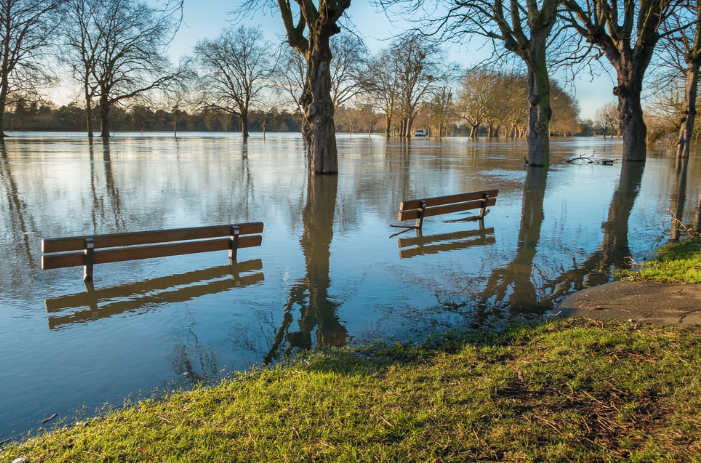
Flooding can be a devastating event. In one fell swoop, water can take out everything from a home’s foundation to all the possessions a family owns. Historically, extreme flooding has been relatively rare outside of flood zones scattered across the United States. But as of late, flooding trends are evolving in a new way.
From 2015 to 2016, numerous extreme floods struck in relatively low-risk areas of the country, decimating properties in West Virginia, Texas, Oklahoma, South Carolina, and Louisiana – causing billions of dollars in damage to homes and businesses alike. And, due to the nature of the locations affected by the unstoppable force of water, existing infrastructure had been largely ineffective.
But why is this happening? And is it the new normal?
The Growing Pattern of Extreme Flooding
Flooding can happen anywhere. But some areas such as South Florida are the site of numerous hurricanes throughout history ─ are thus better prepared than others.
Flood events are now growing more prevalent in areas that have not typically seen dramatic flooding, leading to massive damage, including road closures, bridge failures, and sewer system issues. Largely caused by prolonged storms, this new type of flooding can prove to be critically serious, especially for communities with limited resources. Known as “extreme floods,” these spontaneous and aggressive weather events are causing problems from coast to coast. Read More
Learn More About Car Theft Prevention

Kathy Simpson
Was Your Car Broken Into?
After having decreased for 23 years in a row, the number of stolen vehicles increased in 2015.* According to the FBI, a total of 713,063 motor vehicles were stolen in the United States in 2015—a 3 percent increase compared to 2014. One of the main reasons for this is that a growing number of drivers are becoming accustomed to leaving their cars unlocked with their keys inside. While you’ll learn about car theft prevention in this article; check out tips for staying safe behind the wheel as well.
The National Insurance Crime Bureau reports that one out of every eight cars stolen in 2015 were “freebies,” which means they were left unattended, unlocked with the keys or key fobs inside. That number represents a 22 percent jump in this kind of motor vehicle theft over 2014.
Although these numbers are alarming, they’re not necessarily surprising. For many years, car theft was on the decline, which may have led to laxity among car owners. In addition, new technology may have contributed to the rise in car thefts. For example, a remote car starter with push-button technology can make it easier for car owners to forget their key fobs inside when leaving the car, allowing criminals easy access to it. Read More
4 Tips for Space Heater Safety
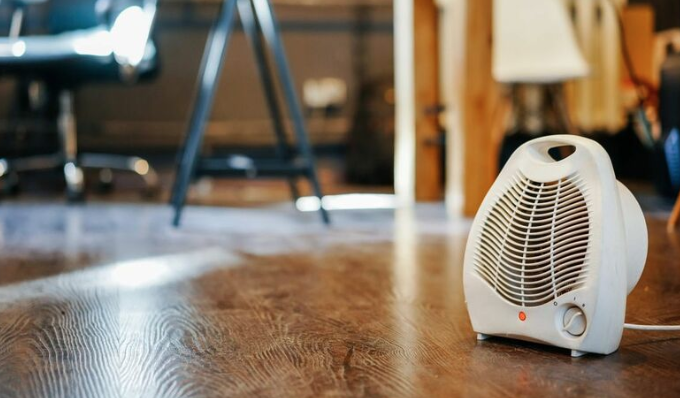
When the weather starts to drop, staying warm often becomes a priority. From plush blankets to heavy-duty sweaters, those who live in the north often find themselves making strategic choices to ward off winter’s chill.
Space heaters may seem like an excellent solution. But it is vital to use them safely and know the risks. Space heaters are involved in 43% of home fires and 85% of home fire-related deaths. So, these devices can put your property and your family at risk.
This does not mean you need to avoid using a space heater, though. With these four safety tips, you can lower your risk:
Read the Instructions
Using a space heater may seem intuitive – it’s often as easy as plugging it in and turning it on. But, not all models are made equal. Before turning on your new space heater and getting comfortable, be sure to read the owner’s manual. Most companies provide specific instructions, including guidance for temperature settings and usage duration. Reading the user manual may not seem necessary, but it can prevent disaster.
Never purchase a space heater that is not tested and UL approved.
Never Leave a Space Heater Unattended
Space heaters may seem like a convenient way to keep a room warm, but the risk of fire can be far greater than you may realize. As such, it’s important to never, ever leave a space heater unattended. Read More
6 Ideas to Cut Heating Costs This Winter

The cost of heating and cooling accounts for 42% of energy use in a typical home in the United States, and it’s usually the single largest household expense. For those using gas or fuel oil for heating, the cost is compounded by seasonal shifts in pricing.
Considering these cold, hard facts, it often makes sense to invest in making your home as energy-efficient as possible. Making improvements to save money on winter heating bills doesn’t have to be expensive, and there are even some steps you can put in place yourself.
Here are six ideas to consider in cutting back on heating costs this winter:
Seal the Gaps
In efforts to cut heating costs, seal gaps where warm air can escape from the home and cold air can infiltrate from the outside. Caulking around windows and doors is a good first step. But remember to look for and replace worn weather stripping as well.
When resealing their homes, homeowners tend to overlook heating ducts in basements and attics and areas around electrical and lighting fixtures. These small gaps may not seem like much. But the heat loss they allow adds up.
Check Your Insulation
Many types of insulation can break down with time and develop gaps that allow heat to escape your home. Many older forms of insulation are not as efficient as newer types.
Check your home for areas where your insulation may have come lose or settled and become thin. These are often found along the eaves in attics and in crawl spaces.
Even if you find no deficiencies, consider adding an extra layer and covering areas that may not be so obvious. You can now buy pre-fitted insulation blankets to cover most standard attic access doors. Insulating your pipes will not only help you avoid costly repairs, but it can help lower the load on your hot water heater. Read More
5 Car Features That Will Soon Be Standard

Justin Stoltzfus
Car manufacturers are selling a lot of cars worldwide, Statista reports total 2016 sales at over 76 million and projecting 2017 sales of over 77 million – but they’re also building cars with a lot more modern gear. The last few years have seen a boom in new auto technology and car features, with new infotainment and navigation dashboards, convenience, car safety features, and automation features, and even new autonomous technologies helping to redefine road safety.
If the early 1900s were the “birth of the auto,” then the twenty-first century is the “era of the high-tech car.” Just look at big new car features that are soon going to be standard on nearly every car rolling off the assembly line.
Many of these new innovations are car safety features and will have a huge impact on helping drivers avoid some types of dangerous collisions. Some have already been mandated by U.S. government agencies and are being phased in right now. In short, the car of the future is going to have all these safety and convenience features built-in, along with much more in innovative engineering.
New Car Safety Features
Once associated with only the latest and best cars, high-tech car safety features are becoming standard in most new cars. These new auto safety features are changing the way we drive. From back-up cameras to automatic braking, safety features in new cars continue to progress. While these features are neat, none of these are new car safety features that lower car insurance. Read more
Preparing Your Fleet for Winter
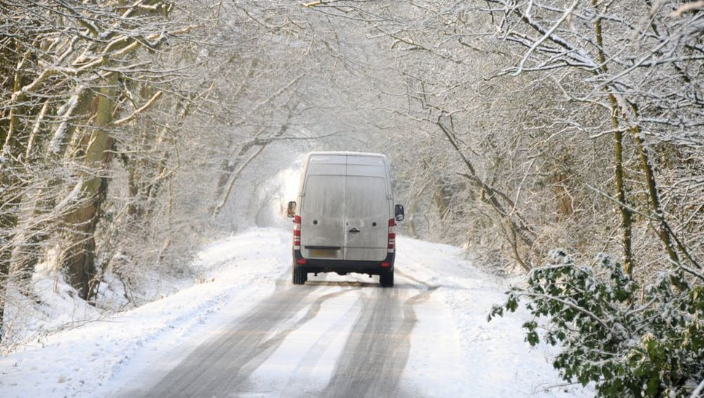
When fleet vehicles are not available for use, your company can experience a trickle-down effect. You may have to adjust work schedules, lose possible sales and clients may be left dissatisfied.
In order to minimize this risk and reduce your fleet expenses this winter, check out these five areas of your vehicles to inspect and fix before cold weather sets in. This preventive maintenance also can help keep your fleet on the road this winter.
1. Inspect Your Tires
Tire inflation is always a primary concern, regardless of the weather. Underinflated tires suffer from excessive wear, especially on the sidewalls, and the added friction reduces fuel efficiency. Overinflated tires offer less grip on the road, and they run a higher risk of tread separation and damage from road debris and potholes. Tire pressure can vary greatly in the course of a day as temperatures rise and fall. So check it at mid-shift as well as the beginning of each day.
Depending on your climate, you might save money over time by investing in two sets of tires for your fleet vehicles, one for winter and one for summer months. Tires designed for specific weather offer superior grip and added safety for your employees that all-weather tires don’t match.
2. Replace Worn Brakes and Water Pumps
Replace both of these vital parts before they wear out. Brake pads that are worn thin can become brittle in cold weather, cracking and reducing the car’s ability to respond to the driver. This could put the driver at a significant risk of an accident.
Water pumps housed inside the timing belt housing are expensive to replace due to the labor involved. Having them replaced anytime the timing cover is removed is a cost-effective way to maintain them. Read More












